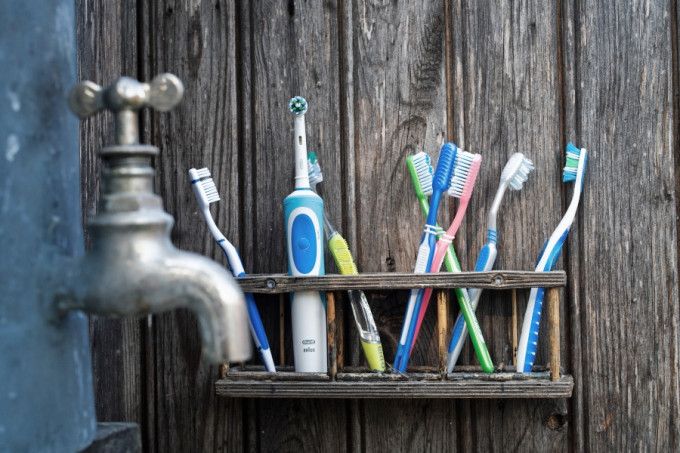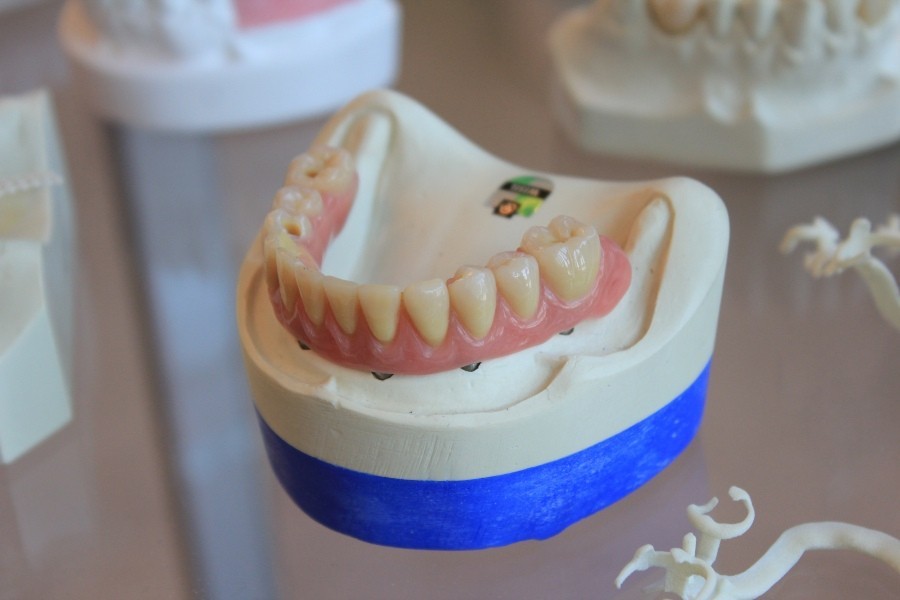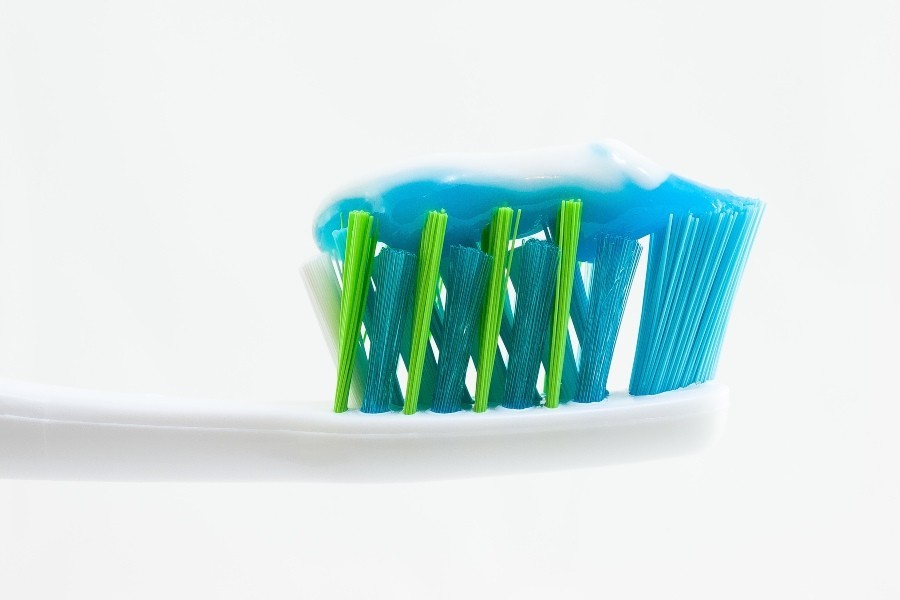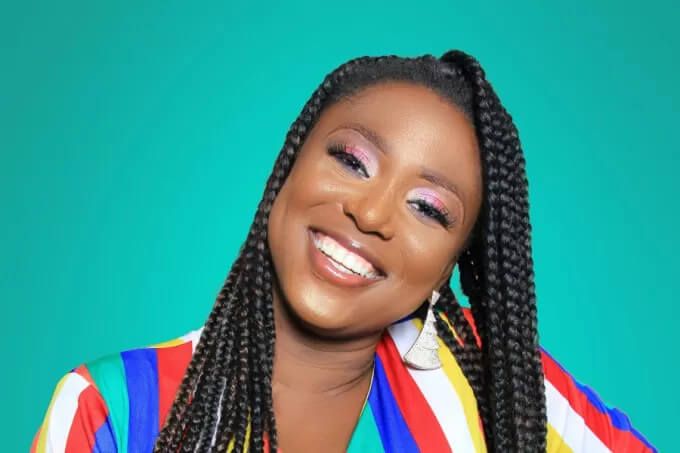
Are Electric Toothbrushes Better (For Your Teeth)
By Davina Patel, Dentist at Burnt Oak Dental Practice in London
Electric toothbrushes are often marketed as better for your oral hygiene compared to standard, manual toothbrushes. But is that really true? We look at the latest evidence for electric toothbrushes being better for brushing, what factors there are to consider with your toothbrush head, which electric toothbrush to choose and what you need to bear in mind with toothpaste choice and flossing.
Electric Toothbrush Vs Manual Toothbrush
According to The NHS, it doesn't matter which you use. They make it clear that there may be certain advantages to using an electric toothbrush but that effective brushing, using either a manual or electric toothbrush, is what is key to good oral hygiene.
One Study Found Electric Toothbrushes Are Better
However, an 11 year study from a team in Germany found that, overall, electric toothbrushes helped to keep teeth and gums healthier for longer. Specifically, the study noted that a “powered toothbrush seems to be effective in reducing mean PD [probing depth] and mean CAL [clinical attachment loss] progressions, besides increasing the number of teeth retained”.

Probing depth is the gap between the tooth and gums, which should be tight. Clinical attachment loss is how well the tooth is connected, since damage can lead to tooth loss. What this study found was that, compared to a regular toothbrush, an electric toothbrush was more effective in helping with teeth cleaning and therefore meant that users experienced fewer issues with their teeth down the line. Remember this was an 11-year study so these are real results over time.
Now, this is only one study and so it is not absolute proof that electric toothbrushes are better, but it is a strong indicator. So, what makes an electric toothbrush more effective?
Electric Toothbrush Benefits
There are two main ways in which an electric toothbrush is different from a manual toothbrush that could be seen as benefits which make them better.
First, they have a built in timer. You should brush teeth twice a day for 2 minutes but unless you are self timing, many people won't be thinking about how long they are brushing for. Some electric toothbrushes are more complex than others but most will have a built-in 2 minute timer which buzzes. The time allotted is enough to cover all your teeth, front, back and top. With the timer, you know that every time you brush, you have to wait for the buzz before you stop and also when to stop to avoid overbrushing and damaging your gums.
Second, the oscillating (rotating) head of the toothbrush. With a manual toothbrush, how you hold it and angle it will allow you to effectively brush between and around your teeth. With an electric toothbrush, the rotating head brushes at even more angles. You don't have to work as hard to hit every direction and ensure excellent brushing all over.
As a bonus, electric toothbrushes are also good for those with limited mobility. Since the rotating does most of the angular work, those with issues that affect hand movement, like arthritis and carpal tunnel, can brush easily and with less effort.
Are Electric Toothbrushes Better?
Electric toothbrushes can clean teeth more effectively, more easily. The built-in timer also ensures you brush for the recommended 2 minutes, helping to prevent gum disease, tooth decay and other dental issues. Manual toothbrushes can be used to clean teeth and gums properly, though will require more effort.
Landys Recommends
For anyone looking for a great electric toothbrush, that works for the whole family – you just need one unit and a new head for each person – we recommend the Oral-B Vitality Cross Action Toothbrush. This electric toothbrush alerts you to the 2 minute minimum for healthy brushing, but also buzzes every 30 seconds to remind you to move to different parts of your mouth. It is fully rechargeable.
Manual Toothbrushes
If you aren't convinced you need or want an electric toothbrush and want to stick to a traditional brush, there are a few things you should be aware of to make sure you are still able to clean your teeth effectively.
Get The Right Toothbrush Head

You may not have realised but toothbrushes come in a few head shapes and sizes. Beyond being a selling point for individual brands, each has a purpose when it comes to teeth brushing.
There are two head shapes:
- Conventional (rectangular) – the standard shape that covers the length and breadth of a tooth.
- Diamond (pointed at top) – designed to help you reach further back teeth better with the slimmer end.
There are four sizes of toothbrush head:
- 15mm – for children aged 0–2 years.
- 19mm – for children aged 2–6 years.
- 22mm – for children aged 6–12 years.
- 25mm – for children over 12 years and adults.
There are five bristle patterns for toothbrush heads:
- Block – the standard block of bristles are all the same length pointing straight up. Simple and effective.
- Wavy / V-Shaped – These have a V shape when viewed from the side. The longer bristles are there to reach between and around teeth better.
- Multi-Level Trim – This has many levels to offer a selection of angles for the bristles, from front to back.
- Criss-Cross Pattern – These often have rubber bristles to help lift plaque from the sides of teeth, along with offering various standard bristles at lengths to cover all angles.
- Polishing Bristles – These have multi-level bristles and a rubber-like circle which is there to help clean surface stains from teeth.
Electric toothbrushes have one head pattern and are circular, with varied levels to ensure bristles reach around teeth and easily move over the rounded sides.
Best Toothpaste To Use
Which toothpaste you choose will be up to you. Some prefer flavoured and others not. The one element to check is that your toothpaste contains at least 1,350 parts per million (ppm) fluoride. You should be able to find this listen on the box and tube. This ensures the right level of fluoride for proper teeth cleaning.
Against what some marketing may suggest, you don't need different toothpaste for children – though your child may feel differently and want their own flavoured or styled toothpaste. With children's toothpaste, it can be of a lower fluoride strength but make sure it is at least 1,000 parts per million (ppm) fluoride.
Lastly, remember to never rinse your mouth straight after brushing your teeth. You should wait at least 30 minutes to make sure the fluoride can be effective. That means no eating or drinking till that time is up.
Mouthwash
You also don't need to use mouthwash after brushing your teeth. Mouthwash is a fluoride teeth cleaner, like toothpaste, so would not be more effective at cleaning. Rather it would wash away the toothpaste fluoride with its own. Instead, you should use mouthwash when you want to clean your teeth but can't brush.
Flossing Teeth
Flossing your teeth is important. It should be done regularly and using the right equipment to ensure you are cleaning between your teeth and around your gums. If you aren't doing this, you will be making your brushing less effective and could have dental issues down the line, like gum disease, teeth falling out or other problems.
You can read more about when and how to floss and what to use in our guide.
Clean Your Teeth Well To Maintain Oral Hygiene
Whether you use an electric toothbrush or not, the most important thing is that you are cleaning your teeth for the recommended amount of time, covering all angles to get to all teeth and around your gums. Do that and you'll have strong and healthy teeth for years to come.
Disclaimer
The products offered are not intended to diagnose, treat, cure, or prevent any illness or disease, or to replace the advice of a medical professional. Results are not guaranteed and may vary from individual to individual.



